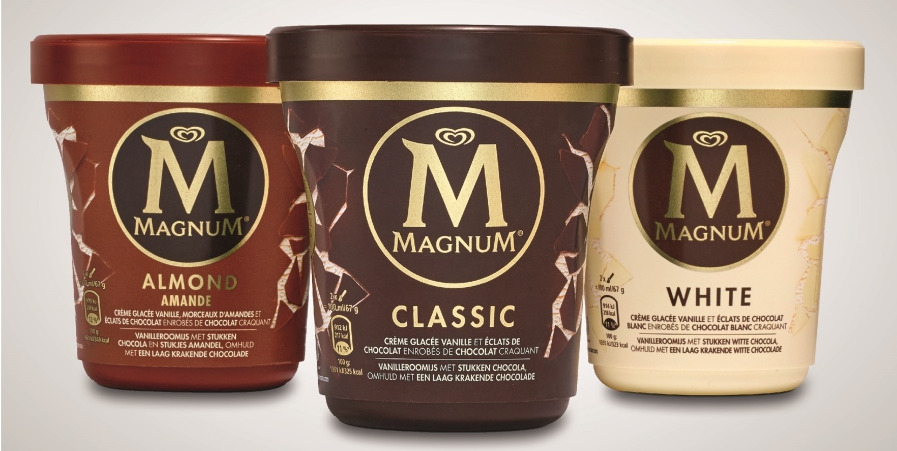Color is one of the most powerful tools in your brand’s toolbox. It can evoke emotions, evoke feelings, and even make you feel like you’re part of something bigger than yourself. That’s why it’s so important to choose colors carefully when designing your brand identity—it can help you connect with customers and make them feel like they belong to a community.
Color can affect brand recognition.
In some cases, color can even affect how consumers perceive a brand. For example, when you think of the brands Coca-Cola and Pepsi, what colors come to mind? Most likely red and blue (respectively).
These colors have become so closely associated with these brands that they’re almost synonymous with the products themselves. This makes sense when you consider the fact that both companies have spent millions on marketing campaigns to promote their use of these particular shades.

Color can create a mood.
It can influence mood, and it can create feelings, emotions, and tones. It’s important to know how to use color in order to evoke the right feelings when presenting your brand or product online or offline.
Color is one of the most powerful elements in design. It can create moods, influence emotions, and even impact our behavior.
The use of color in design must always be deliberate. It should never be chosen haphazardly or without consideration for its effect on others.

Color can influence people.
Color can influence people to buy or not buy a product, which is why it’s important to be aware of the different effects that color has on people.
When you think of red, what comes to mind? Passionate, passionate and passionate! Red is a power color that commands attention and turns heads wherever it goes. The right shade of red in your logo or print marketing materials can elevate your brand by inspiring feelings of energy and confidence in your customers – feelings they’ll associate with you and your products or services. So make sure the right amount of color makes its way into every design element!

Color can influence the perception of time.
One of the most fascinating aspects of color is its ability to affect our perception of time.
Consider this: A study conducted in 2005 showed that red and yellow are the most attention-grabbing colors, while blue is associated with calmness and green tends to make people feel relaxed.
So how does this knowledge help your brand?
If you want a message to grab someone’s attention quickly, use red or yellow. These warm colors will attract their gaze toward whatever it is you want them to see immediately.
On the other hand, if you want something less urgent or subtler (or both), consider using blue or green instead.
Color can enhance usability
Color can be used to differentiate between elements (such as website navigation). It can also be used to highlight important information.
Color is often a visual cue for user interaction, such as text links or buttons that are clickable and non-clickable.
Use color as a visual cue to prioritize content: You could have some of your most important information in brand color, or have the first paragraph of each blog post written in white text on a black background so that it stands out from the rest of your text!
Color helps in telling the brand story loud and clear
A particular color can be used to show a specific message, emotion or feeling.
For example, yellow is often used to convey happiness and optimism while black is associated with elegance, sophistication and mystery. By choosing a color that represents your brand values, products or services you are able to express these qualities through the use of this element.

Color also plays an important role in connecting with customers as it triggers different emotions according to their personal preference.
Some individuals respond better when they see red while others may feel more comfortable in blue hues instead so knowing how people react when exposed to different colors will help you figure out what works best for your brand strategy!
Choosing color in your brand identity requires careful planning!
Choosing a color is a big deal! It’s the first thing people see and it needs to stand out. Colors are powerful, they can evoke emotions, create moods and communicate messages. In addition to that, we also judge people and brands by their colors.
So how do you choose the best color for your brand?
Align color to the brand purpose and attributes
The brand purpose is the reason you exist, and your attributes are what make you unique. Color is a powerful tool to communicate your brand purpose and attributes.
In this case, aligning your color palette to the brand’s purpose and attributes means that you’re communicating these things in a way that’s consistent with how people expect them to be approached by your company.
When it comes to color, there are many different ways to use it. For instance, you can choose a single color that represents your brand and use that as the foundation for all of your marketing materials.
Or maybe you want to use multiple colors in order to convey different things about your brand. In any case, always remember that the purpose of using color is to help people understand who you are and what makes you different from other companies out there.
Choose the color that positively emote your audience
Color can help you connect with your audience and tell a story about your brand. It can also have a direct impact on how people perceive you.
Determine what emotions or feelings you want your brand to convey. You may want color to project sophistication or vibrancy, for example. Or perhaps you want it to evoke trust or reliability.
Once you’ve identified which emotions matter most for your business, think about how they’re expressed in nature—and then choose colors accordingly (i.e., blue might be calming while yellow is cheerful). You can also keep an eye out for color trends that work well with these emotions and often translate well across different industries (like purple’s association with luxury).
Think of ways that a certain hue will affect perception at first glance—so if someone sees their favourite shade of pink on an ad, does that make them think more positively about the product being advertised? Does this ring true when paired with other hues from the same palette?

Use brand color consistently to increase brand awareness
Color is one of the most important aspects of branding that helps create a consistent look and feel across all branding elements. This helps develop an overall cohesive brand identity, while communicating your brand’s personality and values.
You want to make sure that you’re using color consistently across all your marketing materials so that when someone sees your logo on a website, they’ll recognize it as yours if they see it again in an advertisement or other piece of collateral.
The easiest way to do this is by choosing colors that work together well in tandem, such as red and blue or green and purple—it’s no coincidence that these are often primary colors!
Other combos include black/white or gold/silver; these neutral shades go well together because they have enough contrast from one another but aren’t too bright either (which would detract from each other).
Final thoughts
Colors have a direct impact on how people perceive your brand and can even affect their behavior towards it. Thus, carefully choosing the right color for your company is a critical decision that will help you get an edge over your competitors in today’s highly competitive environment.
So next time when you need to choose a color for anything from logo design to website or packaging design, make sure not only does it look good but also impacts!
You’ve probably heard a lot about the importance of color in marketing. But did you know that it’s not just about choosing the right colors for your brand? It’s also about understanding what those colors mean to consumers.
Are you confused how to choose the right brand color for your business? That’s where we come in. We’re here to help companies understand how branding can impact their business’ overall growth, and how brand strategy can be used to create an inspiring brand to attract the right type of customers. Reach out to us.




